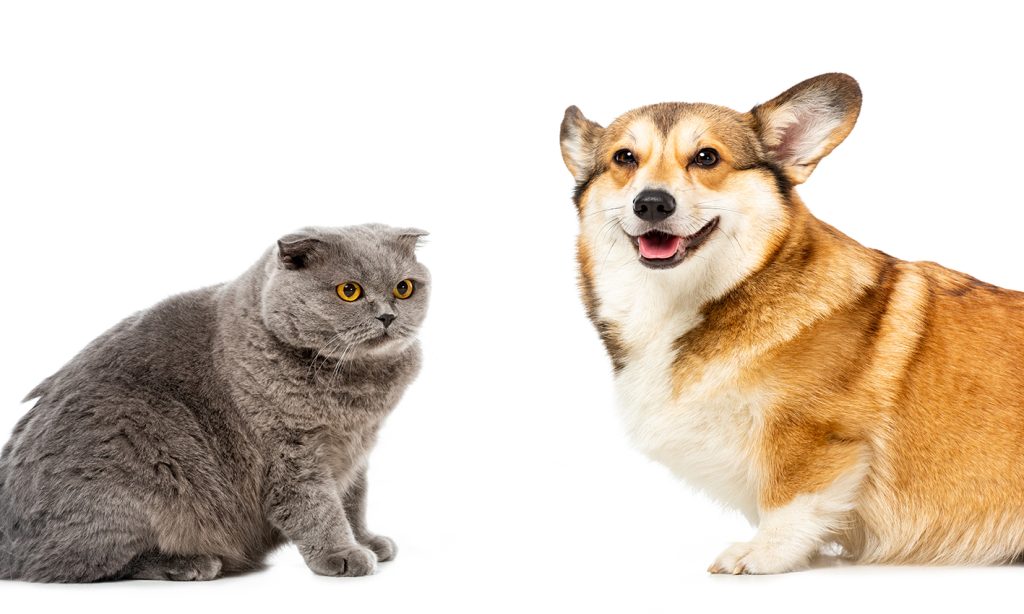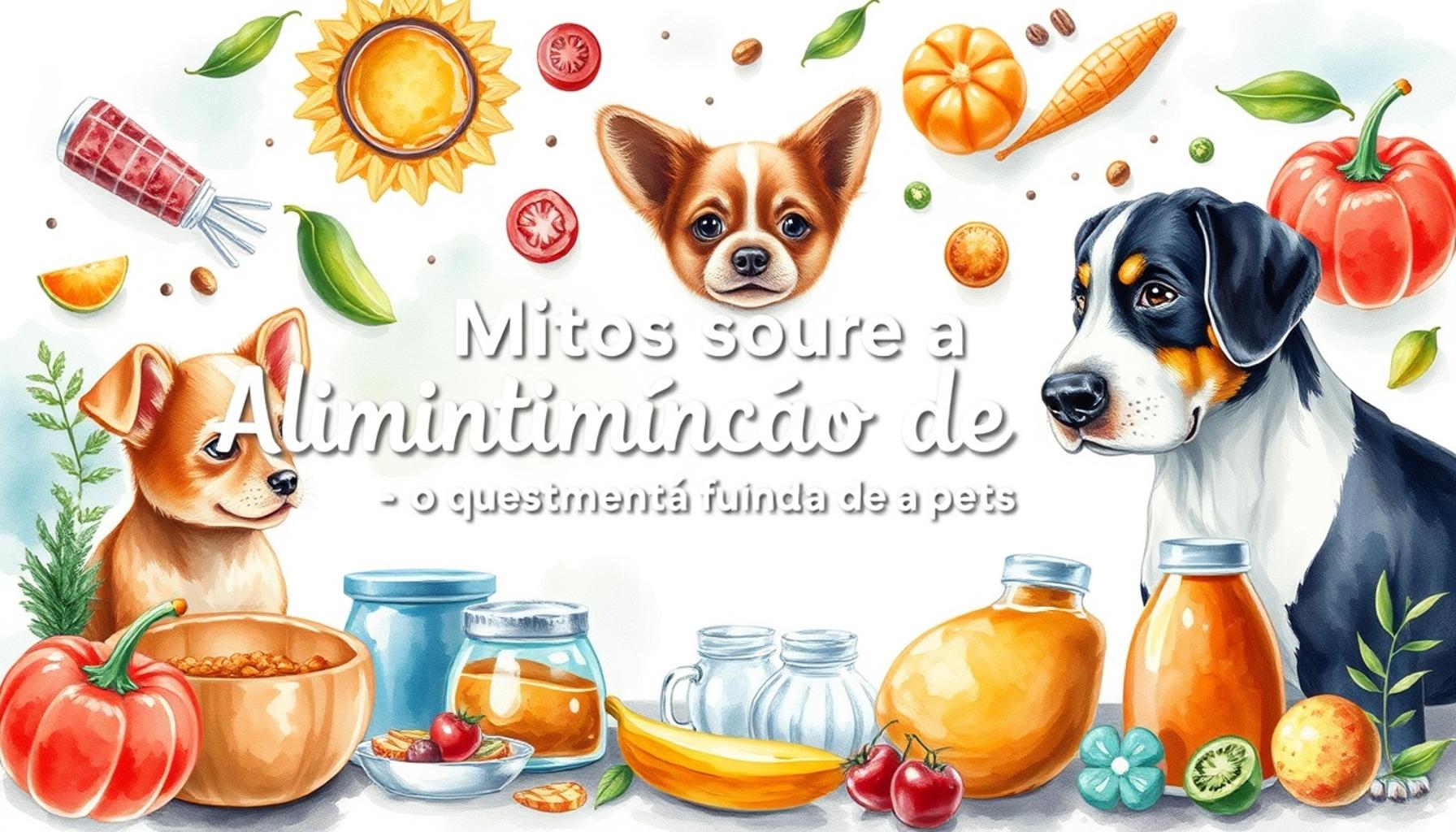Strategies to Combat Obesity in Pets: The Importance of Portion Control

The Growing Crisis of Pet Obesity
In recent years, pet obesity has escalated into a significant issue, particularly in Nigeria, where cultural culinary habits influence what our beloved furry companions eat. Many households generously share their meals with their pets, inadvertently leading to overfeeding. This can result in obesity, a condition that poses numerous health threats, including diabetes, joint problems like arthritis, and cardiovascular diseases. Most alarming of all is the detrimental impact on the lifespan of our pets, making it critical for pet owners to understand and implement effective strategies such as portion control to maintain their pets’ healthy weight.
Statistics that Matter
- Research indicates that over 50% of dogs and cats in Nigeria are projected to be overweight. This alarming trend highlights an urgent public health issue.
- Obesity can lead to a myriad of health complications, including diabetes, which affects how the body regulates blood sugar, arthritis that causes joint pain, and heart disease, which jeopardizes overall health and vitality.
- By implementing portion control, pet owners can significantly reduce their pets’ risk of developing these serious health issues and enhancing their quality of life.
The Importance of Portion Control
Many pet owners sincerely love their animals and often express this love through food, but this affectionate gesture can unintentionally lead to overfeeding. Portion control is vital; it involves measuring your pet’s food based on critical factors such as:
- Age: Puppies and kittens have different nutritional needs than adult or senior pets, necessitating age-appropriate portions.
- Activity Level: A highly active dog may require more calories than a sedentary pet, making it important to adjust portion sizes accordingly.
- Breed: Different breeds may have varying metabolic rates and predispositions to obesity, which should inform how much food they receive.
Understanding these factors allows pet owners to create a tailored feeding plan that supports their pet’s overall health and well-being. For instance, a local breed like the Nigerian Dog can display a commendable level of energy and require a specific balance of proteins and fats to maintain optimal health. Conversely, a less active breed may need significantly smaller portions to avoid weight gain.
In subsequent sections, we will delve into practical strategies that can aid in combating pet obesity, with a focus on the essential role of portion control. This will equip pet owners with the knowledge to foster healthier lifestyles for their furry companions, ensuring they live happy and healthy lives.
YOU MAY ALSO LIKE: Read read another article

The Fundamentals of Effective Portion Control
To successfully combat obesity in pets, understanding the fundamentals of portion control is paramount. Unfortunately, many pet owners remain unaware of just how integral portion management is to their pets’ overall health. Thankfully, it is not a complex task but rather a straightforward approach that can yield significant results.
The key to effective portion control starts with educating oneself about the typical nutritional requirements of various pets. Factors like breed, age, size, and activity level play a critical role in determining how much food a pet should consume. For example, a large breed dog such as a Boerboel may require significantly more food than a small breed dog like a Chihuahua. Conversely, keeping portions consistent and aligned with activity levels can help ensure that pets maintain a healthy weight.
Moreover, many pet food brands offer specific feeding guidelines on their packaging. Most often, these guidelines are based on average needs according to size and weight. It is advisable to pay close attention to these recommendations and avoid unwarranted free feeding practices which can lead to overeating. Here are a few best practices for maintaining effective portion control:
- Measure your pet’s food: Always use a measuring cup to ensure that your pet is receiving the appropriate amount of food per meal. Eyeing it might lead to unintentional overfeeding.
- Maintain a consistent feeding schedule: Designate meal times for your pet instead of allowing them constant access to food. This can help regulate their appetite and lead to healthier eating habits.
- Provide appropriate treats: Treats should not comprise more than 10% of your pet’s daily caloric intake. This means being discerning about the snacks you provide and ensuring they align with your portion goals.
- Monitor your pet’s weight: Regular weigh-ins can help identify trends in your pet’s weight, indicating whether your current portion control strategy is working.
- Consider consulting a veterinarian: If you are unsure about how much food your pet should consume, seeking professional advice can help tailor a meal plan that suits your pet’s needs.
It is essential to foster awareness among pet owners about these best practices. By implementing these aspects of portion control, you can significantly mitigate the health risks associated with pet obesity. For pets in Nigeria, where a culture of sharing human meals can complicate the feeding regimen, engaging with portion control could potentially reverse the epidemic of obesity affecting our furry friends.
In the next sections, the focus will shift to specific tools and resources available, helping pet owners foster healthy lifestyles for their pets while tackling the challenges posed by obesity. With small adjustments in portion management, the journey towards a healthier and happier pet can begin!
| Category | Details |
|---|---|
| Portion Size Awareness | Understanding appropriate portion sizes based on pet’s weight and activity level. |
| Meal Frequency | Balancing meals with regular feeding times to maintain energy levels and prevent overeating. |
| Food Quality | Choosing high-quality pet food that supports metabolic health and promotes satiety. |
| Monitoring Weight | Regularly tracking weight changes to ensure effectiveness of portion control strategies. |
| Veterinary Guidance | Consulting with veterinarians for tailored portion control plans specific to your pet’s needs. |
ADDITIONAL INSIGHTS: Expand your understanding here
Advanced Techniques for Portion Control
In addition to the fundamental practices of portion control outlined previously, pet owners can harness advanced techniques to further enhance their success in combating obesity. Implementing a holistic approach that includes behavioral modifications and innovative feeding strategies can have a profound impact on a pet’s weight management journey.
One effective method is the utilization of food puzzles. These interactive feeding tools encourage pets to actively engage with their food, promoting both mental stimulation and slower eating. For instance, a standard meal can often be consumed in mere minutes, leading to overeating and digestive issues. However, when food is placed within a puzzle feeder or a snuffle mat, pets must work for their meal, which can naturally reduce their intake as they take longer to consume the same amount of food. This technique can be particularly beneficial in Nigeria, where pets might face boredom due to limited outdoor activities.
Another significant aspect to consider is caloric density. Many pet owners do not realize that a small amount of high-calorie food can lead to overfeeding. When selecting commercial diets, becoming familiar with the caloric density is vital. Opting for lower-calorie alternatives can ensure that pets receive appropriate portion sizes while providing them with greater volumes of tasty food. Incorporating vegetables or other healthy additions can help fill your pet’s bowl without adding excessive calories. Options like carrots or green beans can be fantastic and nutritious fillers that are typically well-received by pets.
Going a step further, pet owners can greatly benefit from tracking their pets’ caloric intake. Using mobile apps or pet food journals can facilitate this process by allowing owners to log meals and monitor progress effectively. These digital tools often include features for setting daily calorie goals based on your pet’s specific needs, making it easier to adhere to portion control. In a contemporary digital age, leveraging technology can simplify what once seemed to be an overwhelming responsibility.
Additionally, the role of encouraging physical activity cannot be overlooked. Combining exercise with portion control creates a powerful synergy for weight management. Simple activities such as regular walks, playtime with toys, or even engaging with other pets can significantly boost a pet’s metabolism. For city-dwelling pets in Nigeria, socialization at public parks can serve as an excellent avenue for both exercise and social interaction, encouraging a healthier lifestyle through fun.
Moreover, pet owners should consider the psychological aspects of eating habits; behavioral training can be invaluable. For example, rewarding positive behavior, such as maintaining a healthy weight or eating slowly, with gentle praise rather than food encourages a stronger bond while fostering healthy habits. Training sessions can also serve as an interactive and stimulating way to distract pets from the notion of constant snacking.
Combating obesity in pets is not just about numbers on a scale; it encompasses a well-rounded approach to portion control and overall pet wellness. By broadening the strategies available, pet owners empower themselves to take proactive steps toward ensuring their pets lead healthy, fulfilling lives.
RECOMMENDED: Check out this similar article
Conclusion
In summary, addressing pet obesity through effective portion control is a vital component of promoting not only their health but also their happiness. The strategies discussed—from fostering engagement through food puzzles to understanding caloric density—equip pet owners with actionable tools to take charge of their pets’ diets. As Nigeria observes a significant rise in pet ownership, integrating these practices into daily routines can profoundly impact the welfare of our beloved furry companions.
Moreover, the importance of tracking calorie intake and encouraging physical activity cannot be emphasized enough. Utilizing modern technology, such as pet-focused mobile apps, allows owners to maintain detailed records of their pets’ meals and exercise routines while ensuring adherence to portion guides. This not only promotes responsible pet ownership but also cultivates a deeper bond between pets and their owners, making the journey towards a healthier lifestyle a collaborative effort.
Finally, incorporating behavioral training to deter overeating habits adds another layer to effective weight management. By rewarding good behavior that aligns with a healthy lifestyle, pet owners stand to benefit from a bond that nurtures both trust and companionship. As we cultivate our knowledge and actively implement these strategies, we pave the way for a brighter, healthier future for our pets, ensuring that they enjoy longer, more fulfilling lives.


